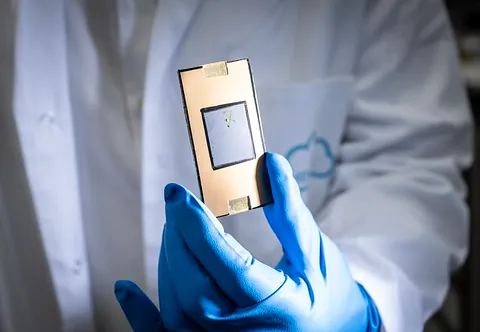TEC-G CELLS: Reliable, cost-effective & environmentally friendly
The aim of HEIONTEC is to establish a new form of energy supply that generates electricity directly from ambient heat in a permanent, sustainable and self-sufficient manner.
The use of ambient heat is a decisive lever for meeting the demands of modern energy generation. It reduces dependence on fossil fuels and critical raw materials, taps into existing energy potential and opens up new technological possibilities.
Significant waste heat potential in the low-temperature range currently remains unused: German industry alone released over 141 TWh of thermal energy below 90°C into the environment unused in 2024. While technologies for the use of high-temperature waste heat are established, economically viable solutions for generating electricity from lower temperature ranges are still lacking.
By tapping into previously unused sources of waste heat, HEIONTEC is helping to increase the efficiency of existing energy systems and significantly reduce dependence on batteries by supplying small consumers independently - a contribution to solving ecological, logistical and economic challenges.
What are TEC-G cells?
HEIONTEC technology is based on thermoelectric-chemical generators (TEC-G cells). These consist of a patent-pending material that makes it possible to efficiently generate electricity from ambient heat even at room temperature.
The processing options for HEIONTEC TEC-G cells are diverse and range from circuit board solutions to printing on fabrics and liquid tanks. This provides a broad spectrum of possible applications.

How the HEIONTEC TEC-G cells work
A TEC-G cell consists of two electrodes between which the HEIONTEC material is applied. Chemical reactions are triggered in this material by ambient heat as a driving force. When a load is connected and the external circuit is closed, electrons migrate through the load into the positive electrode; metal ions diffuse back and the charge is dissipated. The cell cools down in the process. After discharging, ambient heat is absorbed and the initial state is restored. The process can be triggered again by closing the circuit with the load.
A more detailed explanatory model can be found here:

